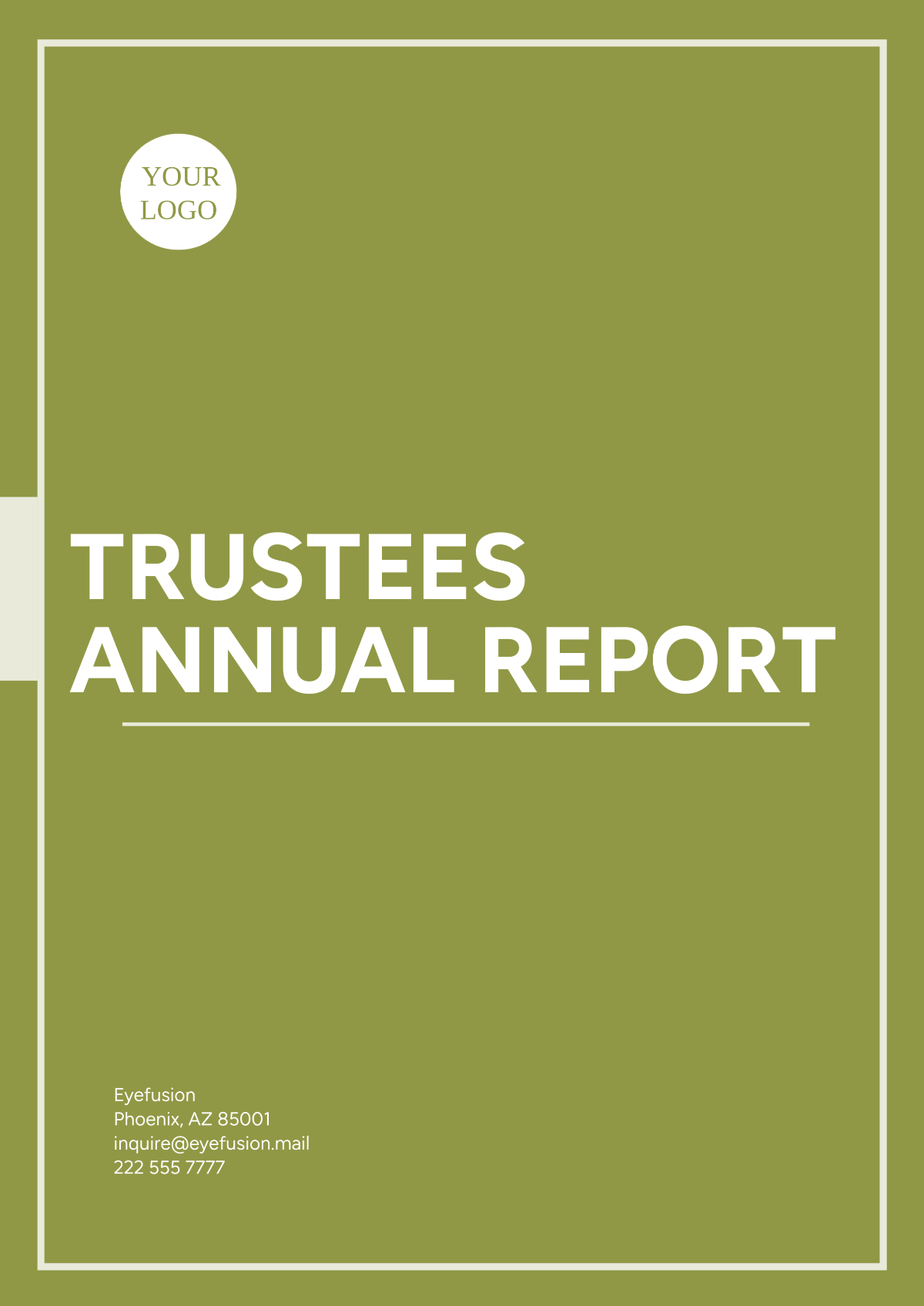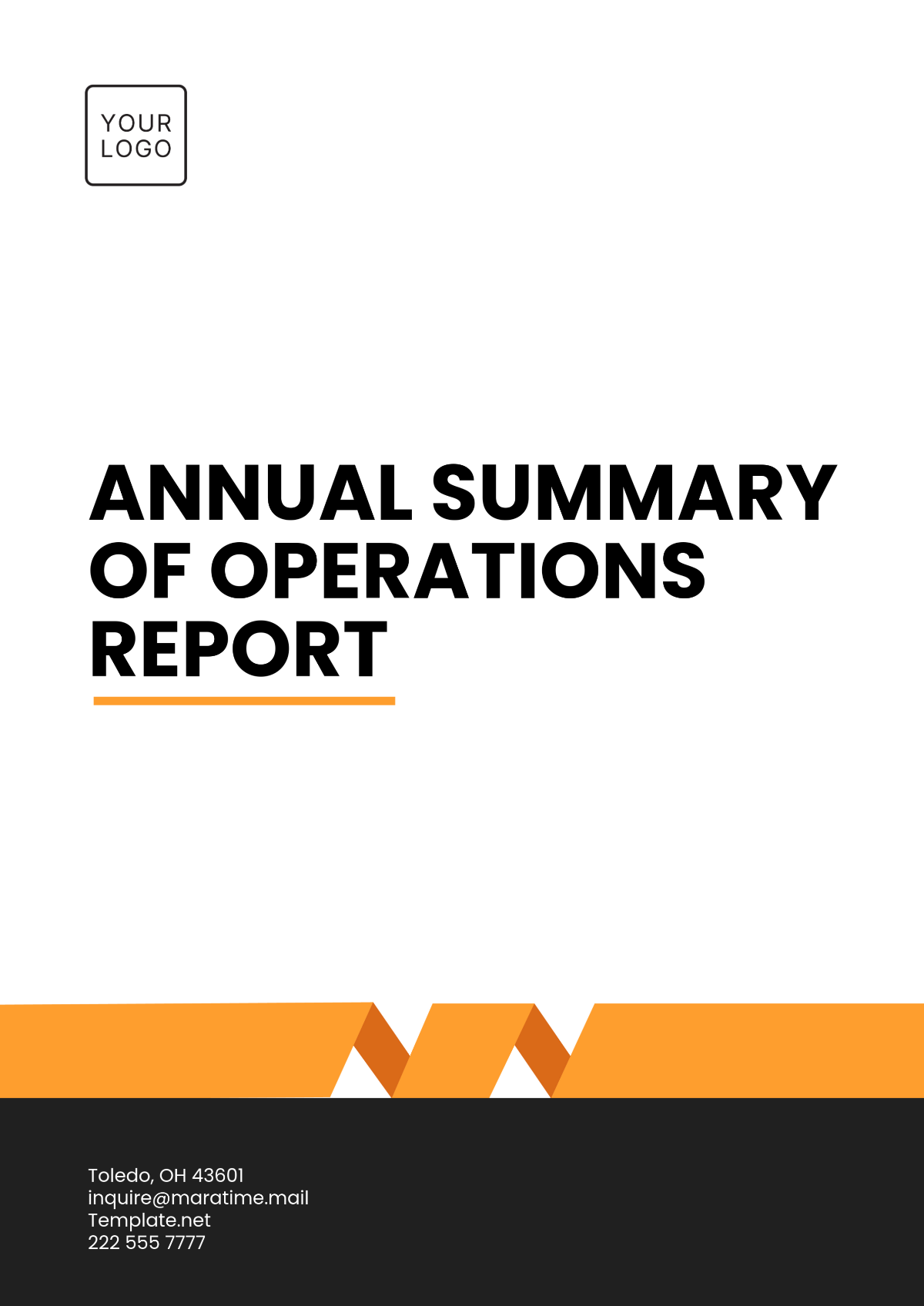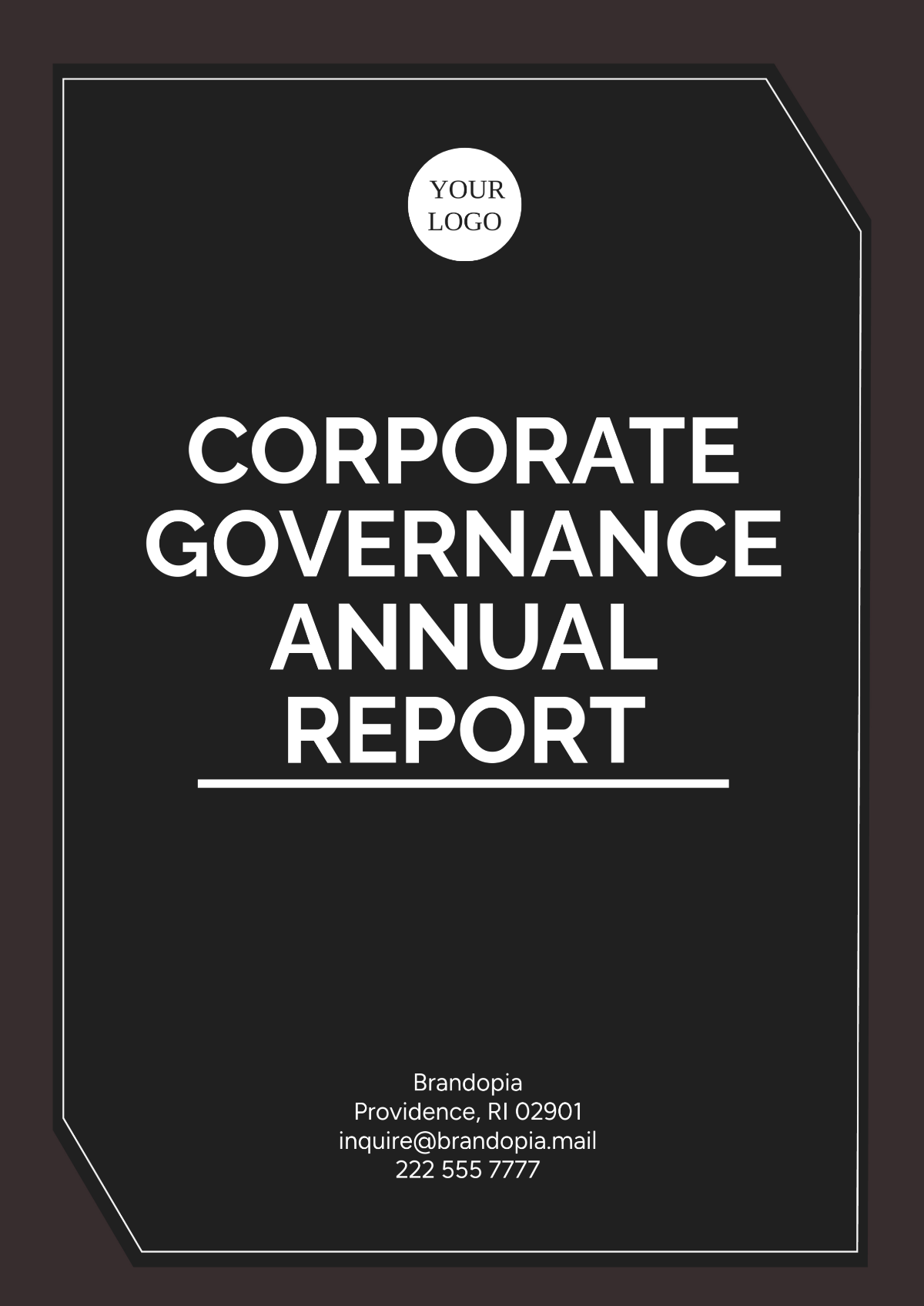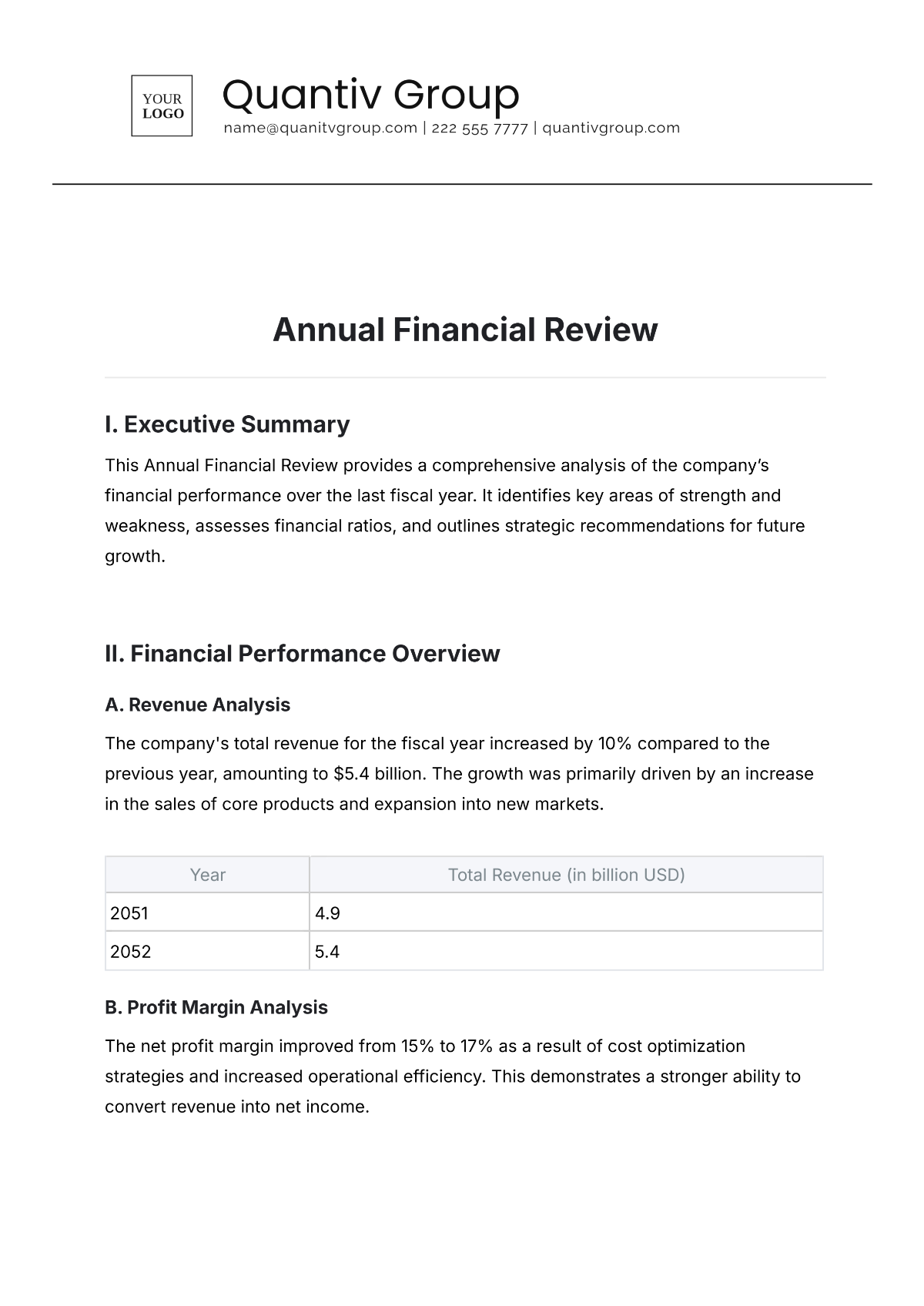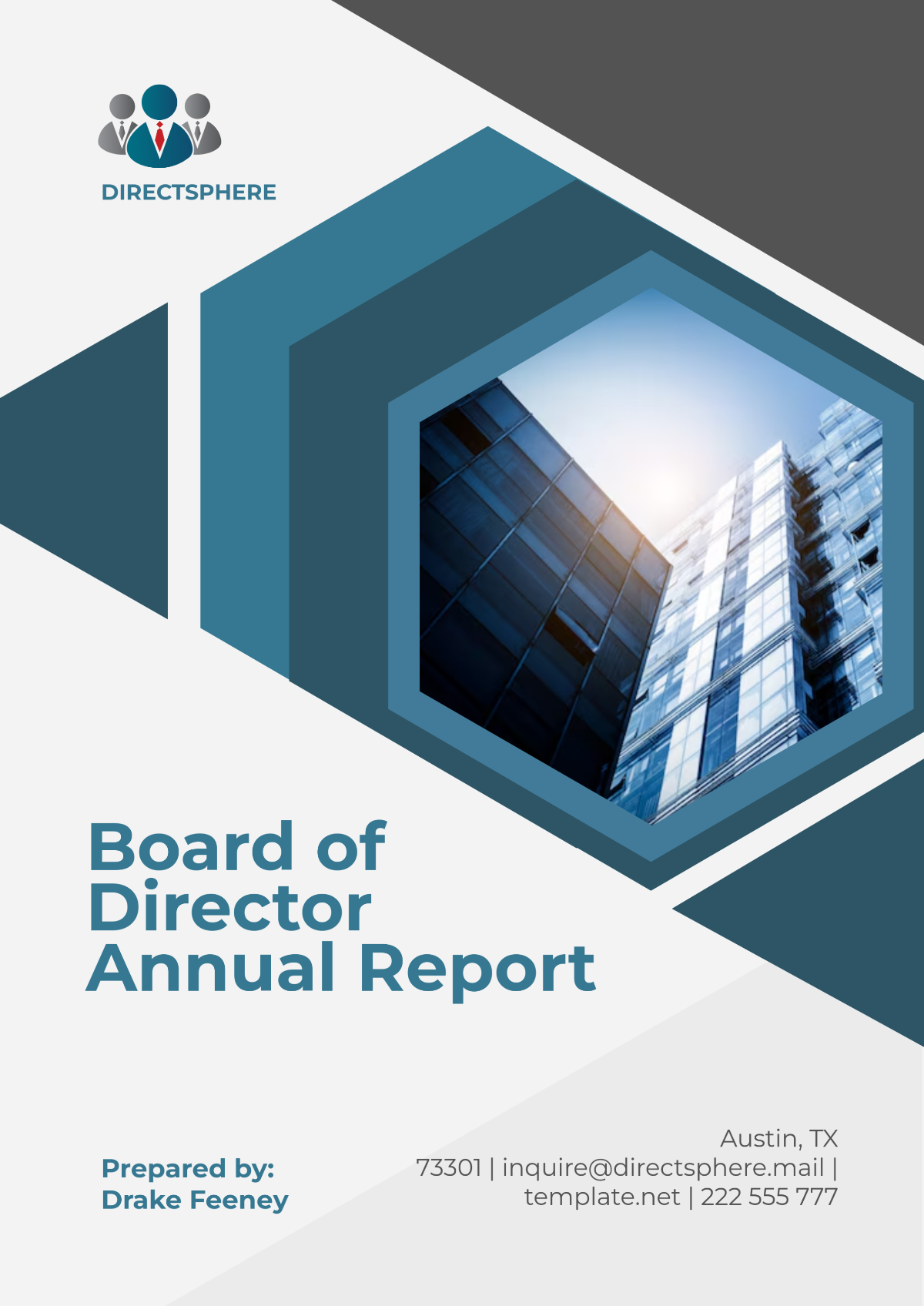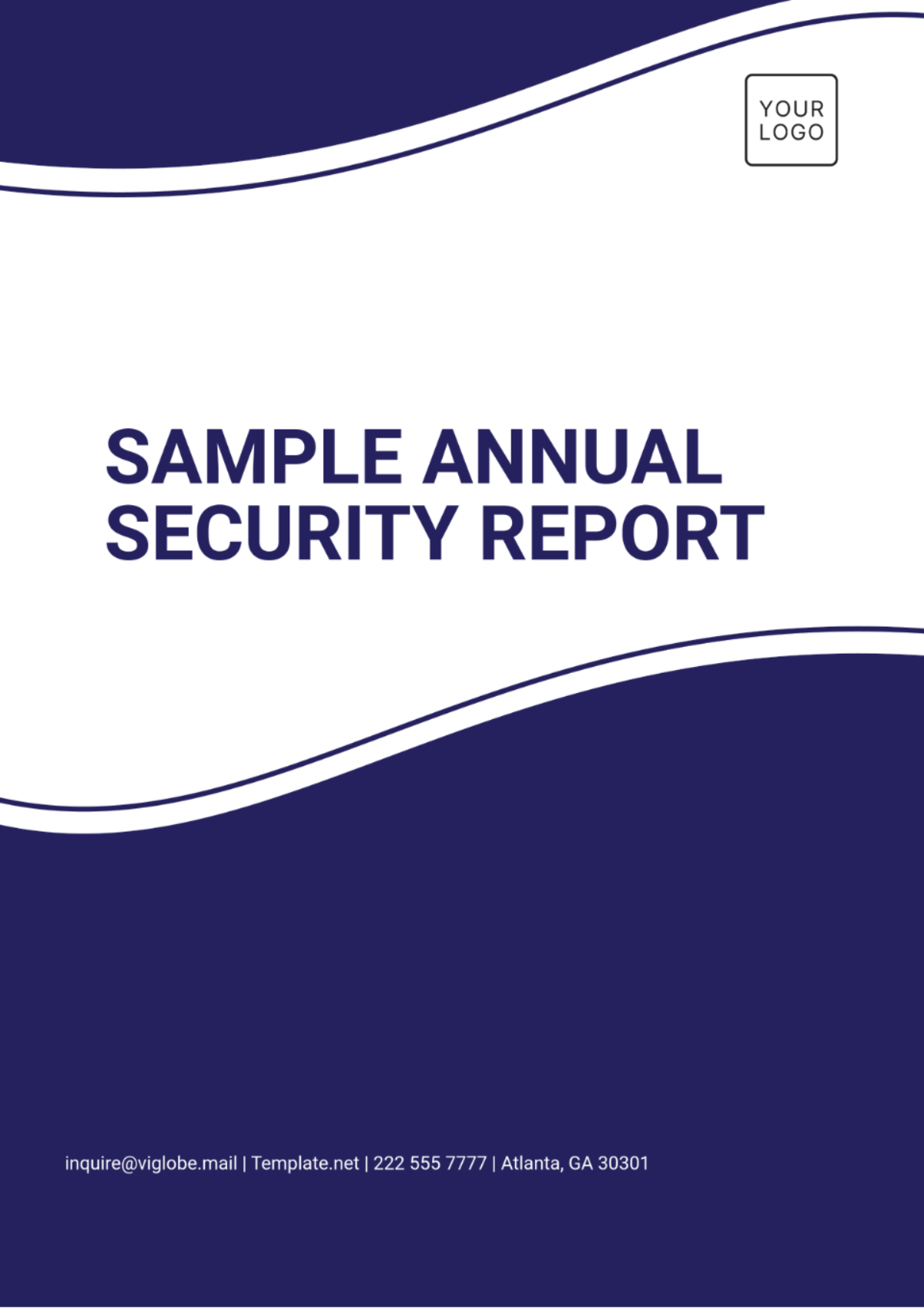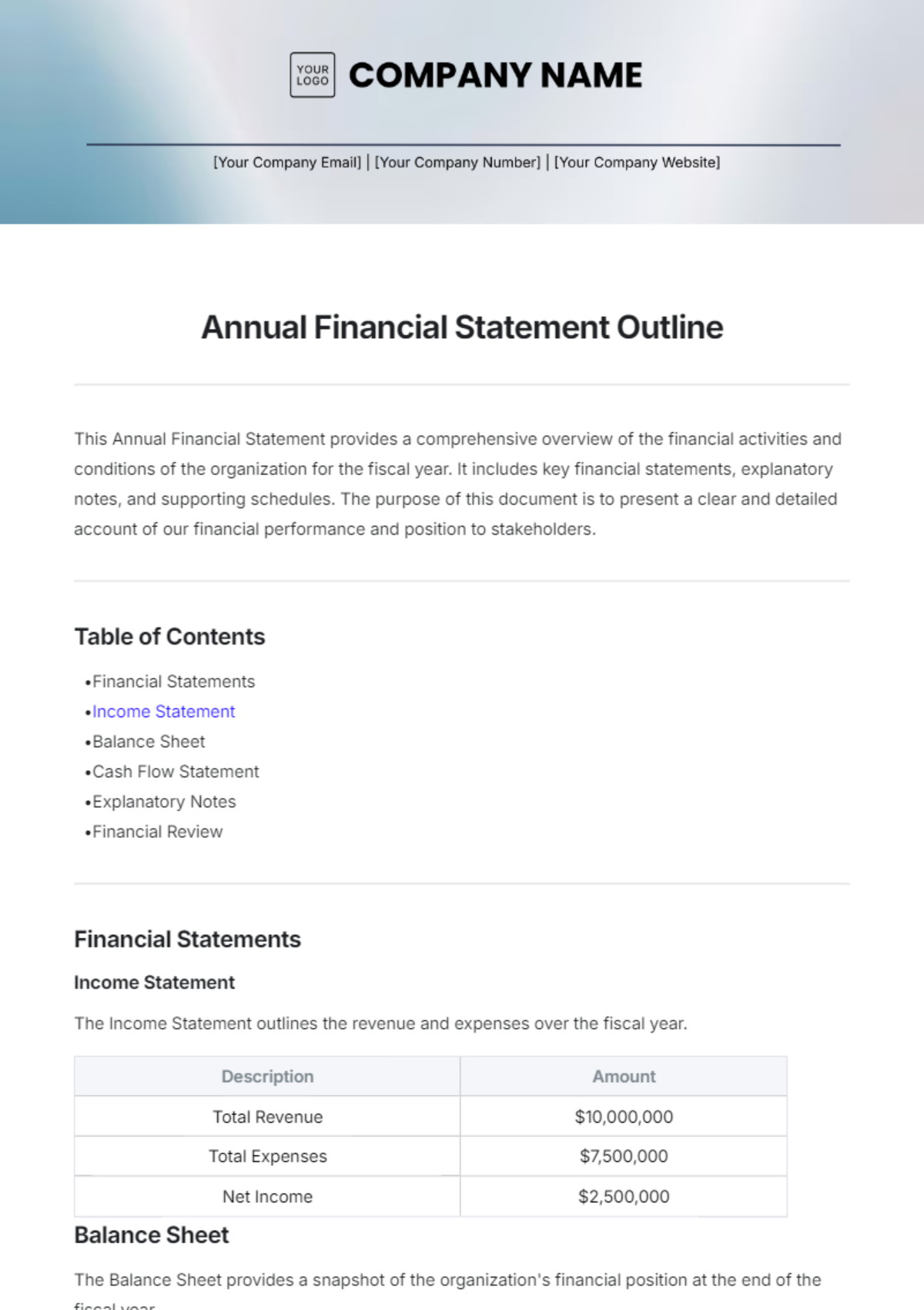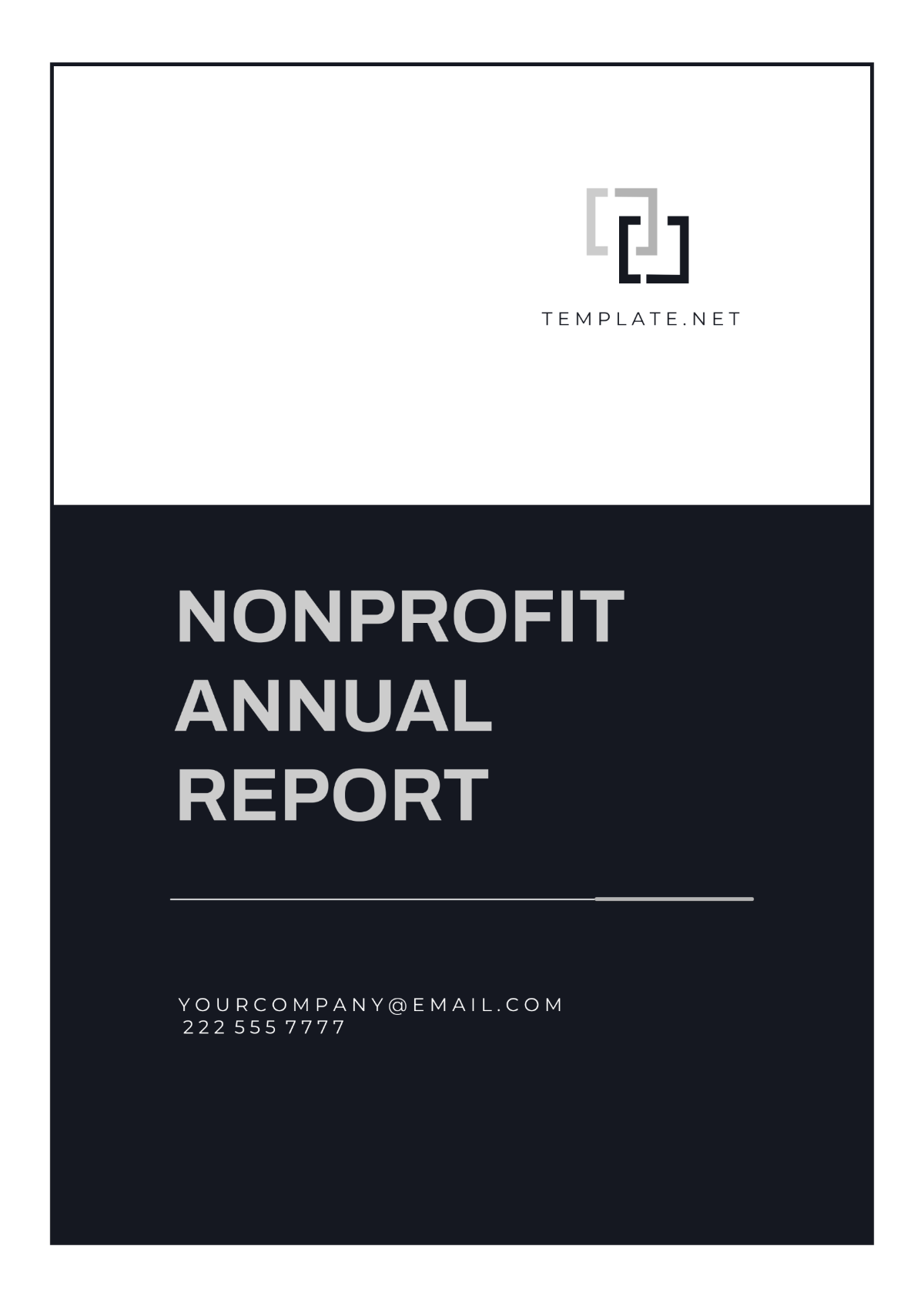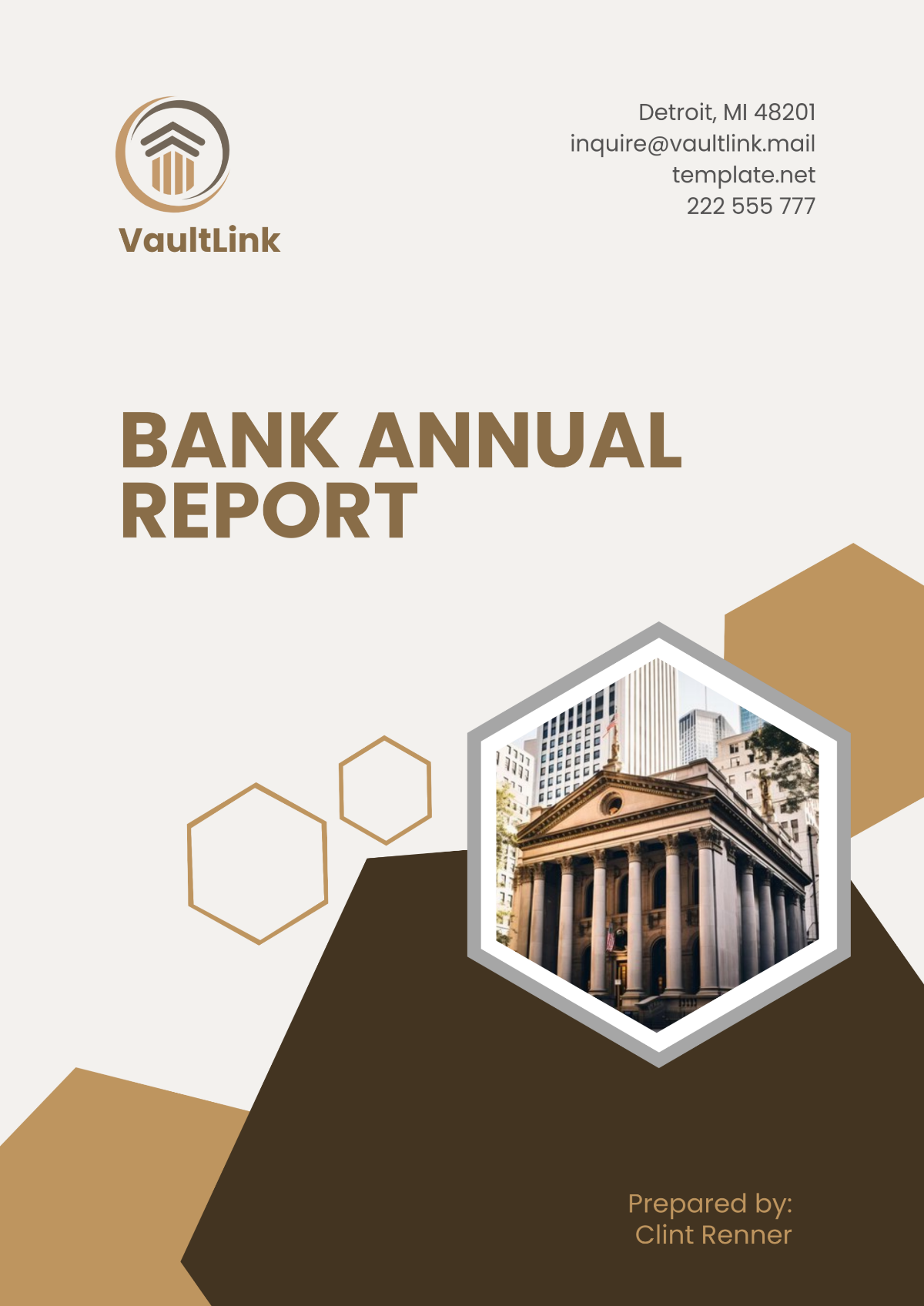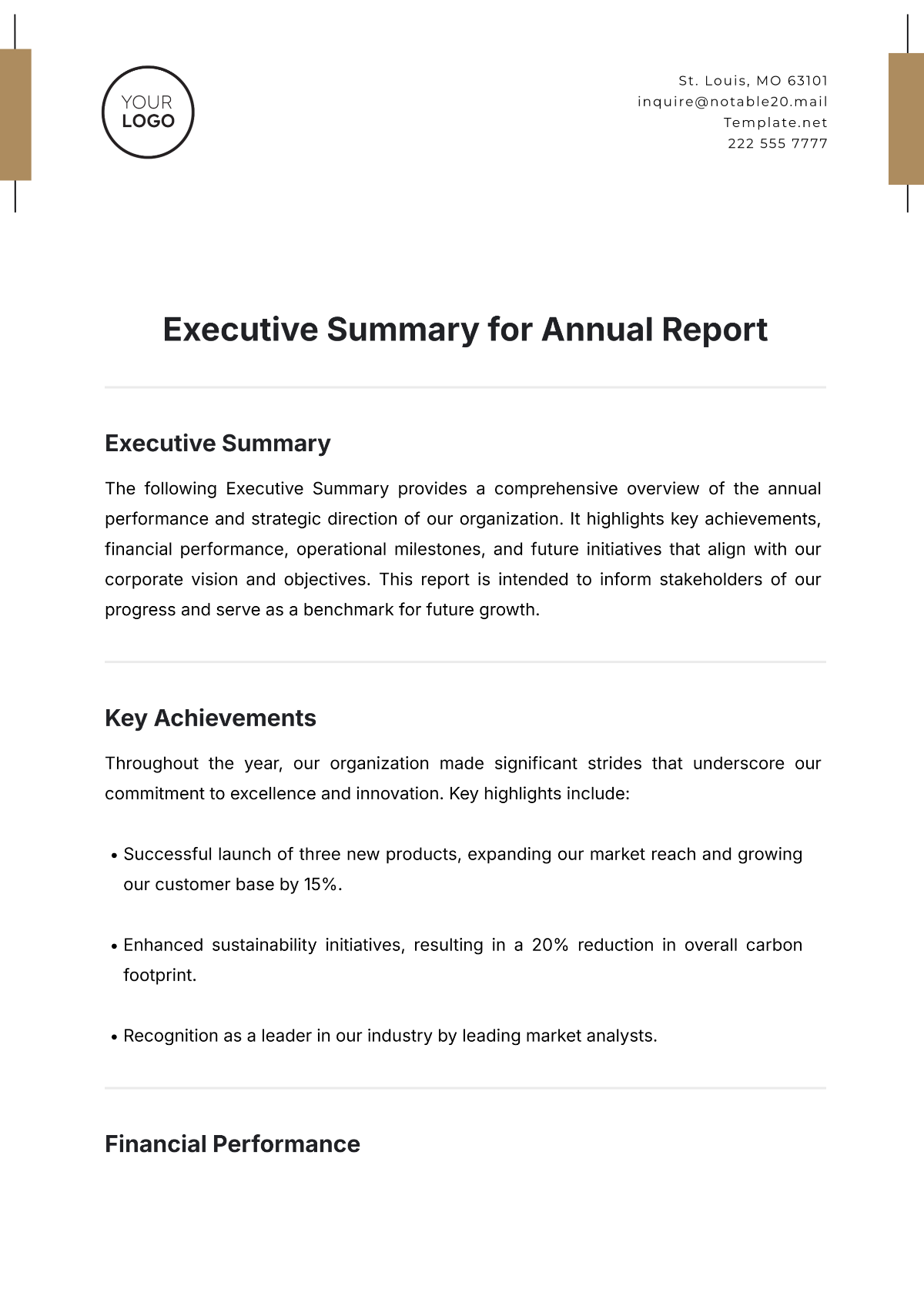Annual Training & Development Report HR
Prepared by: [Your Name]
Company: [Your Company Name]
Date: [Insert Date]
Introduction
The Annual Training & Development Report aims to provide a comprehensive overview of the training and development initiatives undertaken by the Human Resources department over the past year. It highlights key areas of focus, achievements, and areas for improvement to enhance employee skills and organizational performance.
Objectives
The primary objectives of the training and development initiatives are to:
Improve employee skills and competencies.
Increase organizational efficiency and productivity.
Enhance employee satisfaction and retention.
Ensure compliance with industry standards and regulations.
Training Programs Overview
Technical Training
Technical training programs are designed to enhance employees' technical expertise and keep them up-to-date with the latest technological advancements. These programs include:
Software and Tools Training
Industry-Specific Skills Development
Cybersecurity Awareness
Leadership Development
Leadership development programs aim to equip potential leaders with the skills necessary to lead teams effectively. These programs focus on:
Strategic Thinking
Decision-Making
Communication and Negotiation
Compliance Training
Compliance training ensures that employees adhere to legal, ethical, and organizational standards. This includes:
Data Protection and Privacy
Workplace Safety
Harassment and Discrimination Prevention
Training Attendance and Participation
The following table shows the participation rates across different training programs:
Program Type | Number of Sessions | Total Participants | Completion Rate (%) |
|---|---|---|---|
Technical Training | 20 | 400 | 90% |
Leadership Development | 10 | 150 | 85% |
Compliance Training | 15 | 500 | 95% |
Feedback and Evaluation
Employee feedback and evaluation play a crucial role in assessing the effectiveness of the training programs. Key insights from the feedback include:
High satisfaction with the quality of content and trainers.
The desire for more hands-on and interactive sessions.
Need for more personalized training paths.
Challenges and Lessons Learned
Several challenges encountered during the year include:
Limited availability of subject matter experts.
Balancing training schedules with work commitments.
Adapting to virtual training formats due to pandemic constraints.
Lessons learned from overcoming these challenges include leveraging in-house expertise, better scheduling practices, and integrating hybrid training models.
Future Outlook
Looking ahead, the HR department plans to:
Expand on-demand learning resources for employees.
Introduce mentorship programs for developing leadership skills.
Enhance reporting tools to track training efficacy.
Conclusion
Overall, the training and development initiatives undertaken this year have successfully contributed to improved employee performance and satisfaction. Continuous improvement efforts and strategic planning will ensure that training programs align with organizational goals and industry trends.












